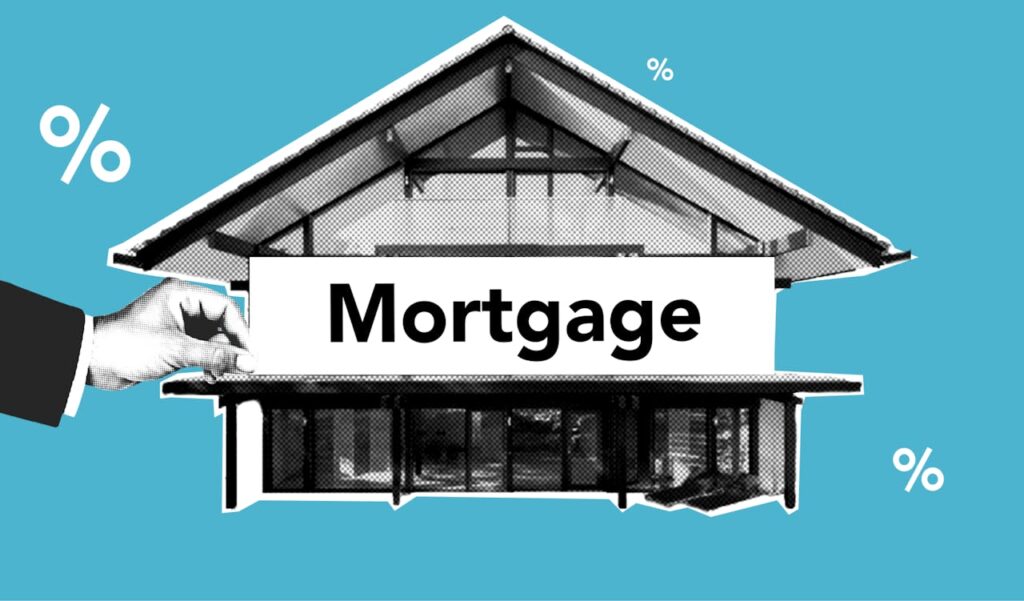Navigating Your Financial Horizon: A Tax Guide for Investment Expenses
Navigating Your Financial Horizon: A Tax Guide for Investment Expenses In the midst of managing your investment portfolio and keeping an eagle eye on market trends, there exists a realm of fiscal responsibility often overlooked – the tax implication of your investment expenses. With the nuances of tax law evolving, understanding what payments qualify for deductions is a reconnaissance mission in its own right. So, which investment-related costs are tax-deductible? How can investors, financial advisors, and taxpayers alike ensure they’re not paying the Tax Man more than their fair share? Join us as we explore the labyrinth of tax rules surrounding investment expenses and uncover the strategies to optimize your financial standing. Demystifying Deductible Investment Expenses When you partake in investing, whether through stocks, bonds, mutual funds, or the plethora of other vehicles available, expenses can accrue. Some of these costs may be justifiably deducted on your tax return, reducing your taxable income and potentially, your tax burden. But not all investment-related expenses are created equal in the eyes of the IRS; discerning the deductible from the non-deductible is the first step to substantial tax savings. What Makes an Investment Expense Deductible? An expense typically qualifies for deductibility if it is: Incurred for the production or collection of income (revenue-generating activities). Closed or directly related to the management of investment assets. “Necessary” (a tax term meaning helpful and appropriate). Understanding the Nuances Remember, even if an outlay aligns with the criteria, it must surpass the standard deduction threshold to yield any tax benefit. Conversely, certain types of investment costs are categorically non-deductible, such as the acquisition cost of securities or any expenses pertaining to tax-exempt investments. The Eldorado of Advisory Fees Investment advisory fees are a substantial part of the cost equation for many investors seeking professional management. The good news is a substantial portion of these fees can be tax-deductible, serving as an attraction for proactive tax planning when the fiscal year draws to a close. Calculating Your Deductible Portion Determining the deductible segment of your advisory fees hinges on the nature of services you’ve received. Fees for financial planning that includes tax advice or for services related to relevant non-taxable investments are generally fully tax-deductible. However, pure consultancy fees and charges for certain planning activities involving estate planning or preparation of legal documents may not qualify. The New Regulation Horizon With the 2018 Tax Cuts and Jobs Act (TCJA), miscellaneous itemized deductions subject to the 2% of adjusted gross income limitation, including investment advisory fees, were disallowed for years 2018 through 2025. This presented a significant hurdle for taxpayers who previously leveraged such deductions. Hence, it’s vital for investors to stay abreast of legislative changes to adjust their strategies accordingly. Margin Interest: Against All Odds For investors who use margin accounts to finance their investments, margin interest is a common, albeit costly, companion. The silver lining, however, is that margin interest generally qualifies as a tax-deductible expense under certain circumstances. Guardrails for Deductibility The interest must be associated with funds borrowed solely for investment purposes, and not constitute acquisition indebtedness. In other words, the securities purchased with the borrowed funds should be income-producing or considered as investment property. Personal loans co-mingled with investment capital do not meet the bar. Case Study: Margin Interest in Action Consider a scenario where a taxpayer takes out a margin loan exclusively for stocks and uses another source of funds to buy a new car. The part of the margin interest corresponding to the car’s value is not deductible, as it’s not investment-related, while the portion associated with the stocks is deductible. Investment Management Fees: Then and Now Before TCJA, investment management fees were beneath the umbrella of miscellaneous itemized deductions, subject to the 2% AGI threshold. The post-TCJA landscape, however, is starkly different, as individuals and trusts can no longer claim miscellaneous deductions. Unpacking the Term ‘Fee’ Similar to advisory fees, the deductibility of investment management fees is contingent on the nature of the service provided. Fees for managing investments that generate taxable income or are related to the preparation of income from such investments are deductible. The TCJA Ripple Effect The cascading effect of TCJA extends to the investment realm, impacting the bottom line for many taxpayers. Given the elimination of miscellaneous itemized deductions, strategies must evolve to optimize tax positions. One approach is to explore the benefits of non-grantor trusts, which still enjoy the privilege of miscellaneous itemized deductions. A Step-by-Step Guide to Tax-Optimized Investing With the roadmap in place, it’s time to chart your course to optimizing tax deductions for investment expenses. Here’s a step-by-step guide to navigating this process effectively: Keep Detailed Records: Maintaining meticulous records of all your investment transactions, expenses, and any supporting documentation is critical. Leverage Tax-Advantaged Accounts: Capitalize on the vehicles designed to provide tax benefits, such as IRAs and 401(k)s, where investment expenses are often shielded. Align Investments with Tax Objectives: Bear in mind the tax implications of your investment choices. For instance, tax-exempt municipal bonds could serve you well. Seek Professional Guidance: While self-education is empowering, consulting with a tax professional can unveil nuanced opportunities tailored to your unique financial circumstances. The Takeaway: Strategic Partnerships for Fiscal Fitness Engaging with tax implications on investment expenses should not be a solitary endeavor. Instead, it should be a collaborative effort between the investor and their financial advisor, underpinned by a proactive approach to staying knowledgeable about tax laws and leveraging professional expertise. Maximizing your tax deductions is not merely a fiscal exercise; it’s a strategic maneuver in your intricate dance with the market. Moving Forward: In the Custody of Experts The investment arena and tax law are fluid, continually shaped by economic realities and legislative action. Earning returns is paramount, but retaining as much of those gains as possible is equally critical. The best move you can make is to entrust your financial well-being to the hands of seasoned professionals who understand the complex interplay between investment activities and tax liabilities. Remember, in





